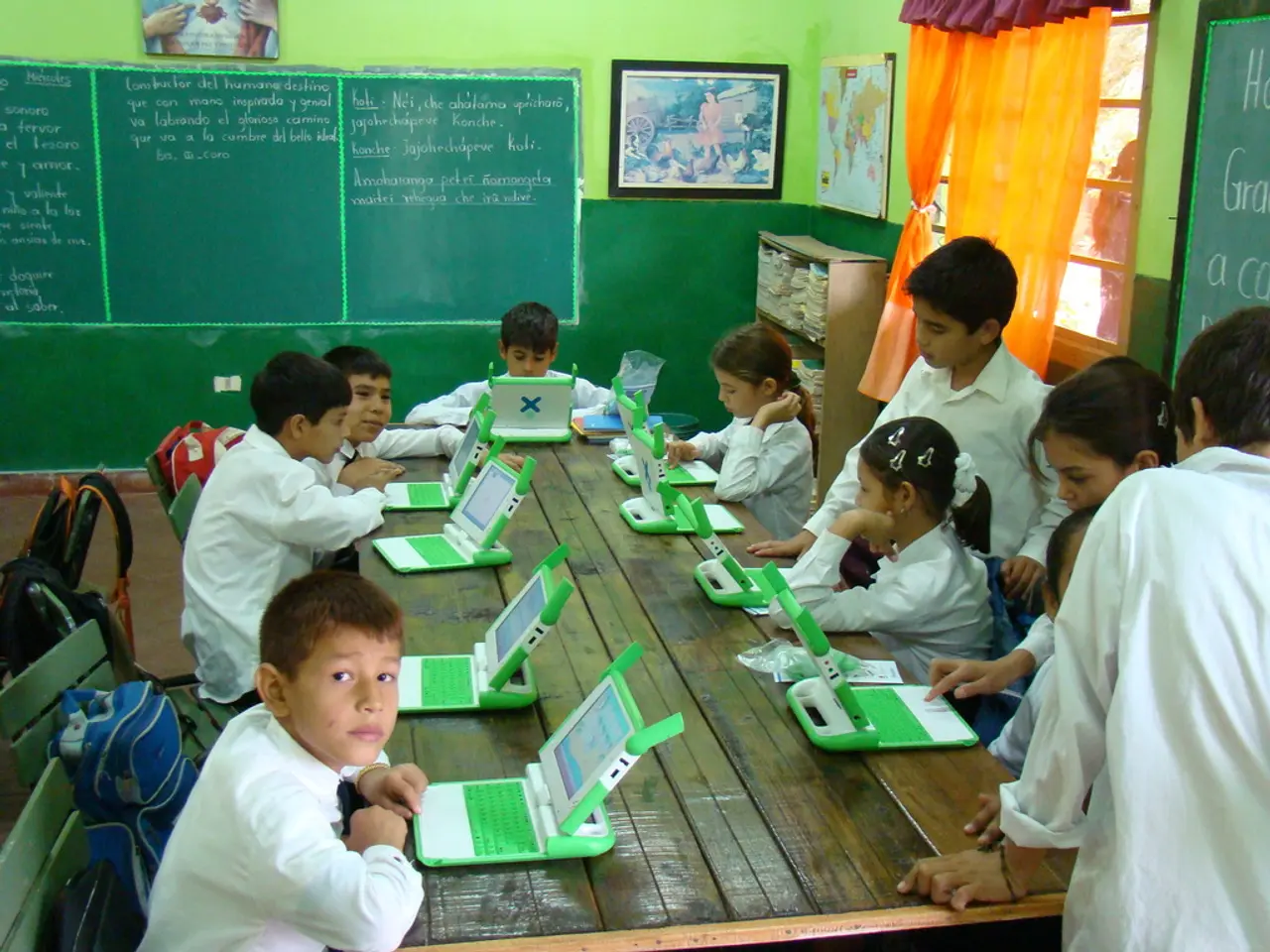Managing the Device Surge: Four Methods Districts Can Employ
School districts across the nation are increasingly investing in 1:1 student-to-device programs, aiming to provide every student with a digital device for learning. Managing these resources effectively is crucial for a smooth and sustainable tech environment.
A key strategy for schools is to establish a student technology repair team. This student-led tech support program can reduce the burden on IT staff and provide timely device repairs and maintenance. Programs like those in the Middleton School District integrate tech support with Career and Technical Education (CTE), while others build self-repair programs that empower stakeholders, improving sustainability and reducing costs.
Using classroom management software is another effective tool. Tools like LanSchool enable teachers to monitor and control student devices in real time, reducing distractions and promoting focused learning during class. Features include screen monitoring, website blocking, messaging, and screen locking. Such tools are especially effective in 1:1 device environments, enhancing instructional time and engagement.
Leveraging Title funding sources can support the procurement of hardware accessories and provide professional development for teachers on technology integration and classroom management. Careful documentation and needs assessments are essential for compliance and success.
Embedding social-emotional learning (SEL) and establishing clear classroom management procedures can prevent disruptive behavior and improve student focus, further maximizing technology use in learning.
Schools can foster a culture of responsibility and device care through educational campaigns, involving students in creating and maintaining the message. Providing protective materials like sturdy cases, screen protectors, and keyboard covers is a cost-effective way to extend the life of digital devices.
A dedicated committee composed of key stakeholders can provide diverse perspectives and create comprehensive plans for device management. This committee can establish guidelines for responsible use, organize regularly scheduled maintenance checks, and software upgrades.
Asset management software can track device depreciation, warranties, and licensing information, making the most of limited budgets. By meeting quarterly, the committee can help schools stay ahead of evolving technology needs and establish best practices for integrating devices into the curriculum.
Embracing a 1:1 digital device program can prepare students for a digitally-driven world, providing them with a personalized and enriched learning experience. Offering a technical certification from Cisco or partnering with local community colleges for dual credit are great incentives for students to participate in a student-led tech team.
In conclusion, by integrating these strategies—student-led repair, effective management software, strategic funding use, and classroom management—districts can create scalable and cost-efficient 1:1 device programs that support equitable and engaged learning environments.
- To reduce the burden on IT staff and ensure timely device repairs, some schools are establishing a student technology repair team as part of their Career and Technical Education (CTE) program.
- Classroom management software like LanSchool empowers teachers to monitor and control student devices during class, reducing distractions and promoting focused learning in 1:1 device environments.
- Leveraging Title funding sources can support the procurement of hardware accessories and provide professional development for teachers on technology integration and classroom management.
- Educational campaigns involving students can foster a culture of responsibility and device care, extending the life of digital devices through the use of protective materials.
- A dedicated committee of key stakeholders can create comprehensive plans for device management, establishing guidelines for responsible use, organizing maintenance checks, and software upgrades, thus creating scalable and cost-efficient 1:1 device programs that support equitable and engaged learning environments.




